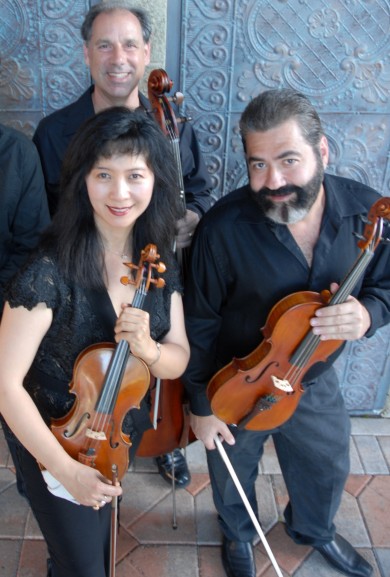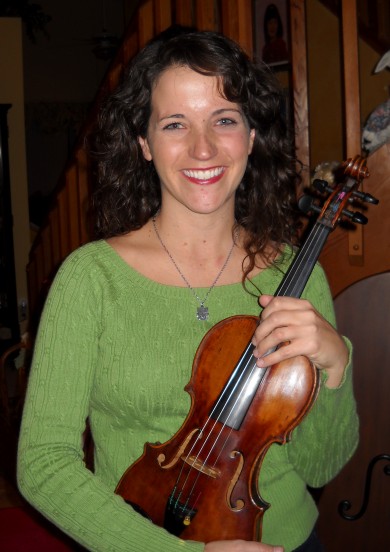Delray String Quartet’s Spanish-Russian program closes season on mixed note

The Delray String Quartet’s concluding program of the season drew less than forty audience members to All Saints Episcopal Church in Fort Lauderdale Saturday night. The sanctuary’s warm, vibrant acoustics distilled the nuances of a Tchaikovsky chestnut and a less familiar Spanish score of the Classical era but also amplified the foursome’s less-than-pristine ensemble and individual problems of technique.
The concert opened with a rare performance of the String Quartet No. 2 in A Major by Juan Crisostomo Arriaga (1806-1826). Often labeled “the Spanish Mozart’ because of his prodigious gifts and tragic early death, Arriaga lacked the melodic fluency and formal mastery of Carl Stamitz and the best of the composers of the Mannheim school, much less the master from Salzburg. Nonetheless Arriaga’s elegantly crafted scores are worthy of occasional revival.
The A Major quartet’s finest moment is a surprisingly ambitious Andante, a bold theme and variations, both grandiose and intimate. An extended pizzicato episode is particularly engaging. The third movement minuet exudes witty capriciousness in the best Haydn manner.
In a score in which the first violin part is nearly a solo vehicle, Mei Mei Luo’s wayward intonation was less than ingratiating in the opening movement, sometimes veering on the sharp side. She seemed to gain greater confidence and technical security as the performance progressed. The quartet’s corporate sonority and precision reached its zenith in an appealingly rough-hewn reading of the boisterous high-spirited finale.
Tchaikovsky’s thrice-familiar String Quartet No. 1 in D Major seems to appear every season in multiple performances. The players approached the brooding sentimentality of the initial Moderato e simplice in a slightly heavy-handed manner. In the famous Andante cantabile, Luo’s skillfully muted rubato and aristocratic shaping of the melodic line produced an unusually beautiful and compelling sense of intimacy, aptly supported by the rich, dark tones of Richard Fleischman’s viola and Claudio Jaffe’s cello. This most familiar Tchaikovsky vignette was delightfully rendered in a manner more redolent of the salon than the concert hall.
Pulling out all the stops, the quartet brought full throttle energy to the robust peasant dance of the Scherzo. Megan McClendon, a former New World Symphony player who recently joined the group as second violin, was particularly impressive, always producing a firmly focused tone and blending the inner musical lines seamlessly. In the finale, the four players did not always produce a well blended sound and Luo’s tone sometimes turned harsh but the performance did not lack Russian fire.
The Delray Quartet’s programs for next season feature such rarities as the second quartets of Tchaikovsky and his pupil Anton Arensky, the piano quintet of Sibelius (with pianist Tao Lin) and the Quartet No. 4 by Kenneth Fuchs. With their often audacious programming, the Delray foursome make an important contribution to South Florida’s chamber music scene. These players are experienced and individually gifted but they must strive for more balanced ensemble and greater musical accuracy.
The Delray String Quartet repeats the program 2 p.m. August 18 at the Colony Hotel and Cabana Club in Delray Beach. www.delraystringquartet.com.
Posted in Performances
Leave a Comment
Sun Apr 11, 2010
at 9:54 am
No Comments





